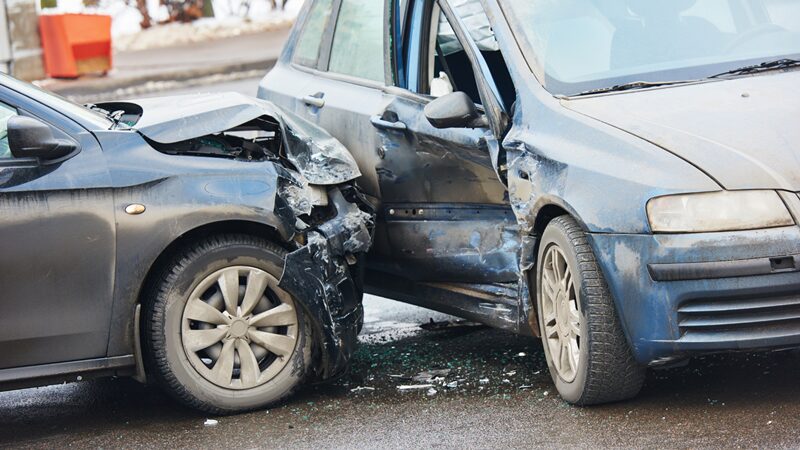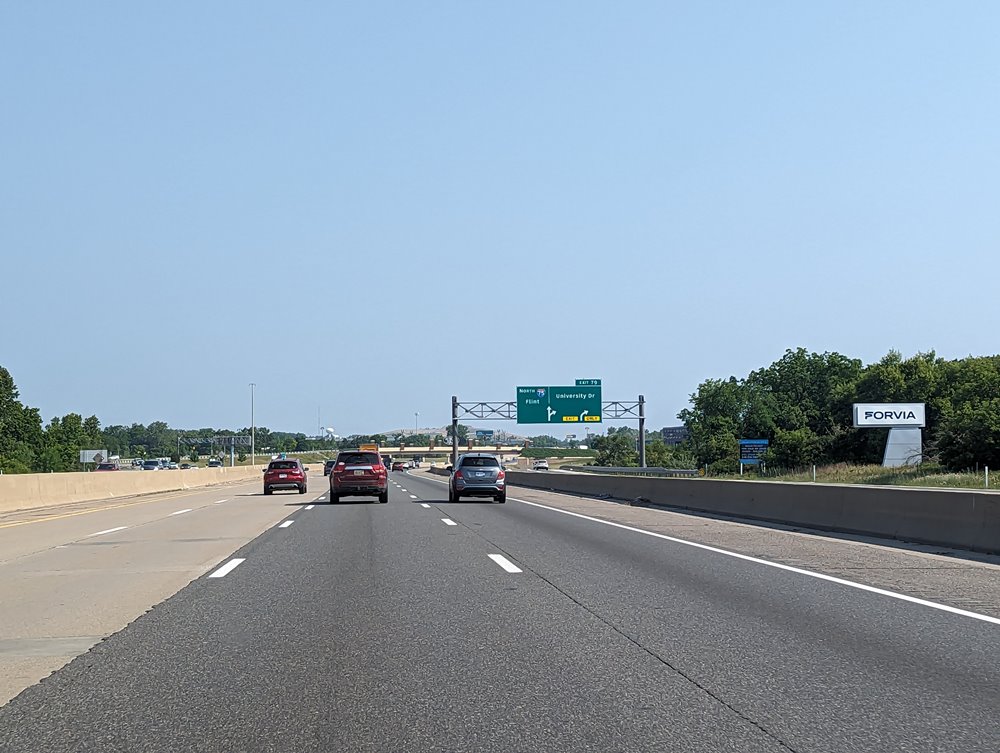Your client at work is demanding, your children are fighting in the backseat and another driver just cut you off. Stress is running high and your immediate inclination is to retaliate against the other driver, but should you?
Aggressive driving, and its more extreme cousin road rage, may seem justified at the moment, but it can easily cause an accident, injury, or even death. What should all drivers know about aggressive driving?
What actions constitute aggressive driving?
You probably witness aggressive Ohio drivers on a regular basis. Stress, anger, impatience, and anxiety can cause drivers to:
- Tailgate slower drivers
- Flash their headlights
- Excessively speed
- Regularly honk their horn
- Run through red lights or stop signs
- Attempt to run other drivers off the road
- Yell or make rude gestures
Why is aggressive driving dangerous?
Aggressive driving endangers all motorists on the road and surrounding pedestrians. Erratic, fast, and illegal actions can all increase the risk of serious motor vehicle accidents. In fact, one report indicates that 66 percent of all traffic fatalities stem from aggressive driving practices.
How can you prevent aggressive driving?
While you cannot change other drivers’ actions, you can control your own response. 50 percent of drivers reported that they react to another driver’s aggression with aggression. This creates a negative cycle that perpetuates a dangerous driving environment. When you get behind the wheel, take the following actions to stay calm and drive safely:
- Take deep breaths and count to ten when agitated
- Do not dwell on home or work stressors when driving
- Remind yourself that no driver is perfect
- Pullover if you cannot regain control of your emotions
- Do not retaliate against other aggressive behaviors
Learning to control your emotions takes time and effort, but the payoff is worth it. Changing your mindset and actions may keep you, your passengers, and other drivers safe.



